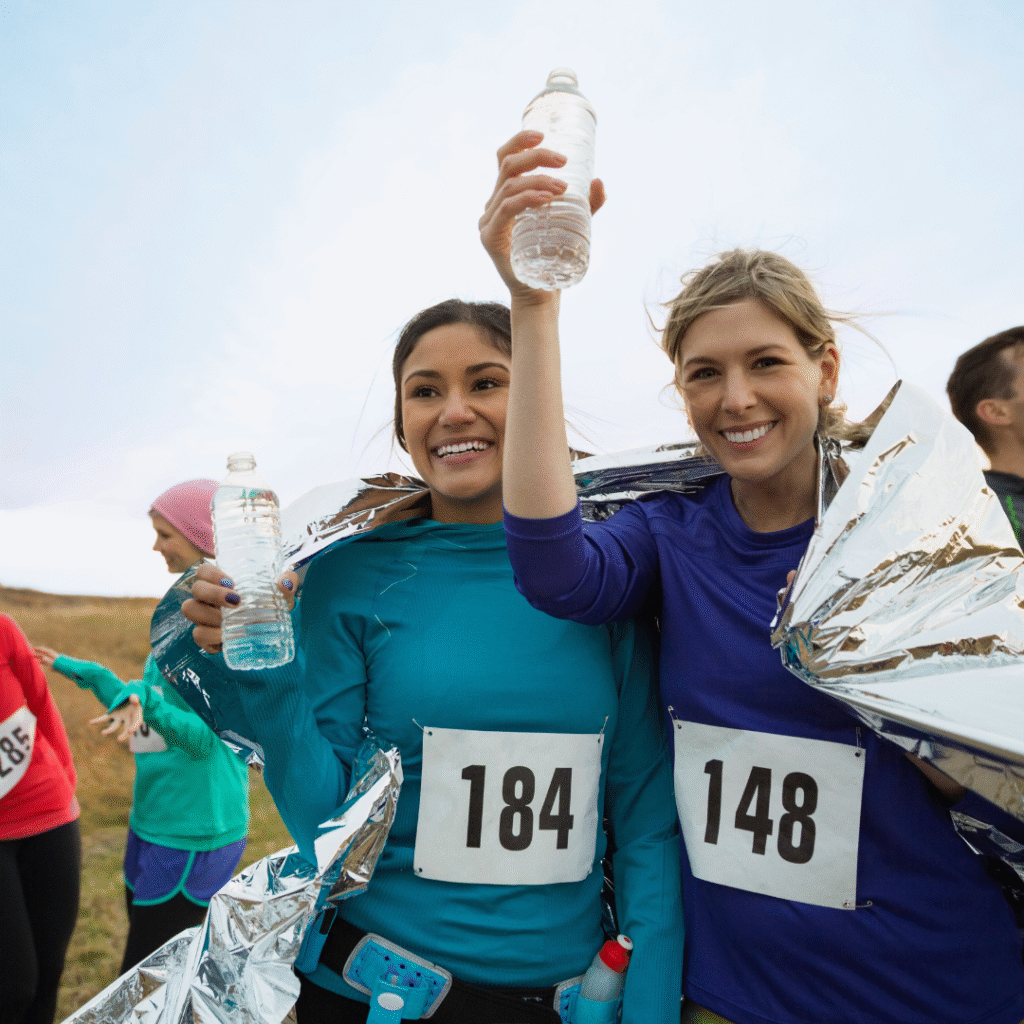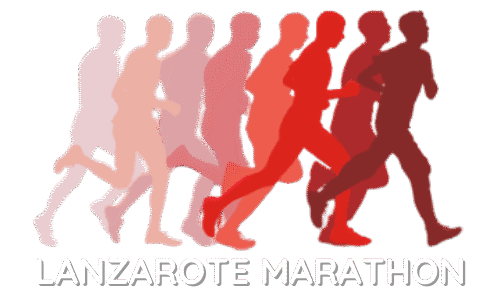
Recovery Tips After a Half Marathon: Strategies for Optimal Healing
Completing a half marathon is a significant achievement, but the journey doesn’t end at the finish line. Proper recovery is essential to ensure the body heals and to prepare for future runs. Implementing effective recovery strategies can enhance performance and reduce the risk of injury.
Athletes should prioritise hydration and nutrition in the hours following the race. Consuming a balanced meal rich in carbohydrates and proteins helps to replenish depleted energy stores and repair muscle tissue. Additionally, gentle stretching and rest are crucial components of recovery that can aid in reducing soreness and stiffness.
Taking the time to listen to the body is vital. Incorporating rest days and low-impact activities such as walking or swimming can promote healing without putting extra strain on tired muscles. By understanding and practising these recovery tips, runners can support their bodies and enhance their running experience.
Immediate Steps After Race Day
After completing a half marathon, the body needs immediate attention to facilitate recovery and alleviate fatigue. Prioritising proper cooling down, adequate hydration, and nutrition will significantly aid in the recovery process.
Cooling Down Properly
Cooling down after a race is essential to prevent muscle stiffness and soreness. It is beneficial to engage in light walking for at least 10 to 15 minutes immediately after finishing. This helps to gradually lower the heart rate and promote circulation.
Gentle stretching can also be incorporated to relieve muscle tension. Focus on major muscle groups, including the hamstrings, quadriceps, and calves. A foam roller can further aid in loosening tight muscles. This simple routine prepares the body for recovery by allowing it to transition from high intensity to rest.
The Importance of Hydration
Hydration is critical after race day, as the body loses significant fluids through sweat. Rehydration should begin immediately. Water is essential, but utilising electrolyte drinks can help replenish lost salts and minerals.
Aim to drink approximately 500-750 ml of fluids over the first few hours post-race. If there are signs of dehydration, such as dizziness or dark urine, increase fluid intake. Monitoring urine colour can be a quick way to assess hydration levels. Staying hydrated assists in flushing out toxins and supports muscle recovery.
Refuelling with Recovery Drinks and Nutrition
After a half marathon, refuelling is crucial to replace depleted glycogen stores and repair muscle tissue. Consuming a recovery drink within 30 minutes of finishing can maximise glycogen replenishment. Look for drinks high in carbohydrates and contain some protein, ideally in a 3:1 ratio.
In addition to recovery drinks, balanced meals should include complex carbohydrates, lean proteins, and healthy fats. Foods like whole grains, chicken, fish, fruits, and vegetables support overall recovery. Aim to eat a meal within two hours of finishing. Including protein helps repair muscle damage, while carbohydrates restore energy levels.
Active Recovery Techniques for Runners
Effective recovery techniques are essential for runners post-race. They help to alleviate soreness, promote healing, and prepare the body for future training. The following methods focus on methods to keep the body mobile and support recovery.
Foam Rolling and Stretching Essentials
Foam rolling serves as a self-myofascial release technique, helping to alleviate muscle tightness after a half marathon. This tool allows runners to target specific problem areas by applying pressure to muscles.
To effectively foam roll, focus on major muscle groups such as the quads, hamstrings, calves, and glutes. Perform rolling motions for 1-2 minutes on each muscle group, pausing on tight spots for extra pressure.
Incorporating daily stretching routines can further enhance flexibility and reduce stiffness. Post-run stretches should focus on dynamic movements targeting the legs, hips, and back. Examples include lunges, hip flexor stretches, and calf stretches, held for 20-30 seconds each.
Cold Therapy and Epsom Salts
Cold therapy is beneficial in reducing inflammation and aiding recovery after strenuous running. Ice baths or cold compresses can be applied to sore muscles for 10-15 minutes. This method constricts blood vessels, leading to reduced swelling and pain.
Epsom salt baths are another recovery technique, as magnesium reduces muscle soreness and promotes relaxation. Add 2 cups of Epsom salts to warm bath water and soak for 15-20 minutes. This practice encourages muscle recovery and facilitates a restful night’s sleep.
Incorporating cold therapy and Epsom salts can significantly enhance post-race recovery, ensuring a more effective transition back into training.
Sports Massage and Cross-Training
Sports massage focuses on alleviating muscle tension and improving circulation. It often includes techniques that target specific muscle groups used during running. Scheduling a sports massage within a few days post-race can significantly relieve soreness and expedite recovery.
In addition, cross-training serves as an essential recovery tool. Engaging in low-impact activities like swimming, cycling, or yoga reduces stress on the joints while maintaining fitness levels. These activities allow for active recovery without exacerbating muscle fatigue.
Both sports massage and cross-training support the body’s healing processes and improve overall running performance.
Gentle Movement and Keeping Mobile
Gentle movement is crucial for keeping muscles engaged during recovery. Walking at a relaxed pace for 20-30 minutes each day supports blood flow to the muscles. This encourages healing without placing undue stress on the body.
Incorporating light yoga sessions can enhance flexibility and promote relaxation. Focusing on poses that stretch the lower body and improve balance is especially beneficial after a race.
Keeping mobile allows the body to recover more effectively and prepares it for future training sessions. Regular gentle movement can help prevent stiffness and enhance overall recovery after a half-marathon.
Supporting Long-Term Recovery and Adaptation
Long-term recovery and adaptation after a half-marathon are crucial for maintaining fitness and preparing for future events. Key components include optimising sleep and meditation, managing training intensity, and balancing mileage within training plans.
Optimising Sleep and Meditation
Sleep plays a vital role in overall recovery. It aids muscle repair, hormone regulation, and mental clarity. Runners should aim for 7 to 9 hours of quality sleep each night.
To enhance sleep quality, establish a consistent bedtime routine. This includes reducing screen time 30 minutes before sleep and creating a dark, cool sleeping environment.
Incorporating meditation can further aid recovery. Mindfulness techniques reduce stress and promote relaxation, directly benefiting sleep quality and focus during training. Practising mindfulness for just ten minutes daily can significantly improve recovery.
Return to Training and Managing Intensity
Returning to training too soon can lead to injury or burnout. A gradual approach is essential. Initially, focus on low-impact activities, such as swimming or cycling, for a week or two.
When resuming running, start with short distances at a comfortable pace. It’s crucial to monitor intensity carefully. Training should incorporate a mix of easy runs, occasional speed work, and cross-training to enhance fitness while mitigating injury risks.
Keeping a training log will help track progress and manage intensity. Runners can adjust their plans based on how they feel, ensuring a tailored approach that respects individual recovery needs.
Balancing Mileage and Training Plans
Mileage management is crucial for effective long-term recovery. Post-race, adjust the training plan to include a lower mileage week. Gradually increase mileage by no more than 10% each week to avoid overtraining.
Diversify workouts within the training plan, focusing on tempo runs, intervals, and long runs to build strength and endurance without excessive strain.
Listening to the body is essential. If fatigue or soreness persists, it may indicate the need for additional recovery days. Balancing various training elements keeps the body adaptable while promoting peak performance.
